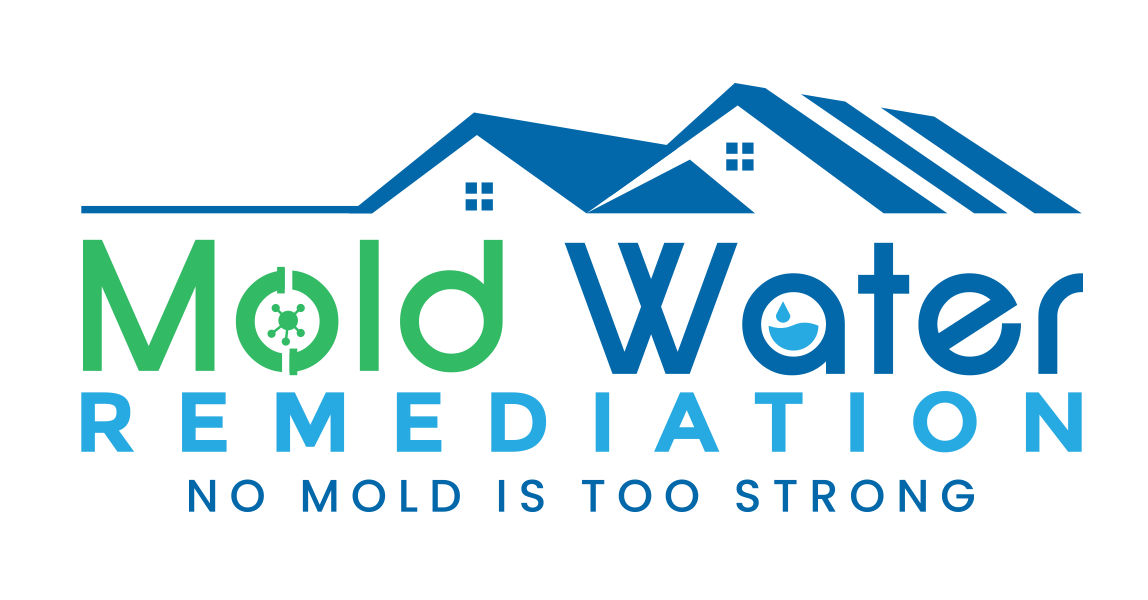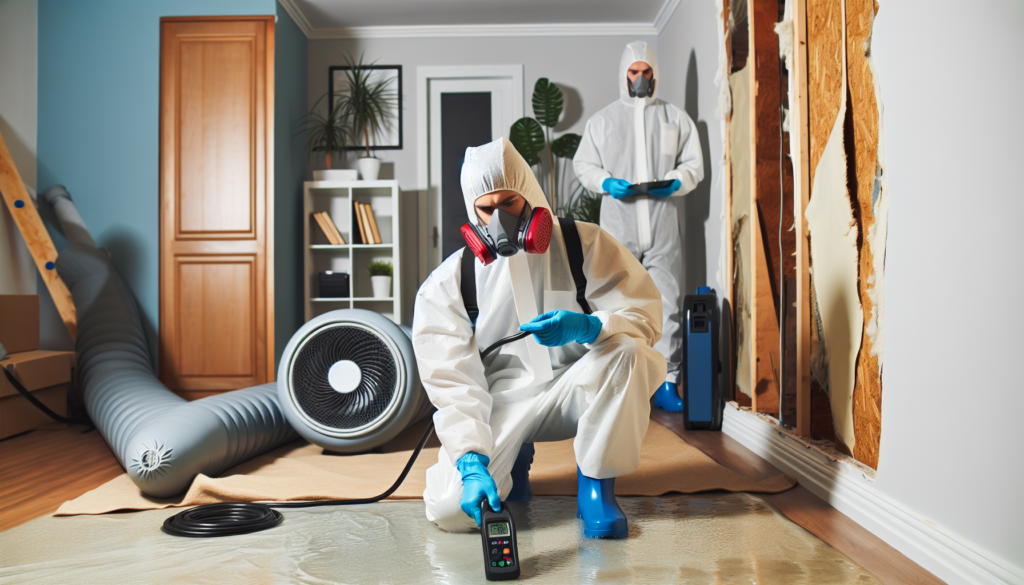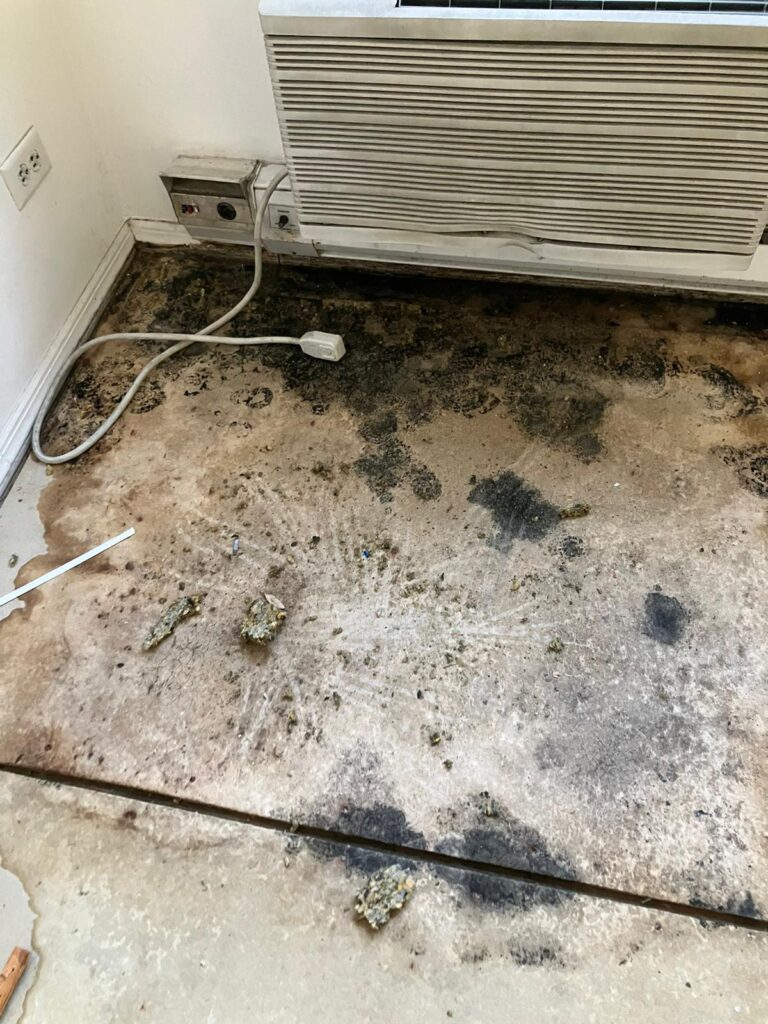
What to Expect During the Mold Remediation Process
Does Mold pose any health hazards in the environment? Mold is often associated with allergies or respiratory issues as well as infections and mold poisoning. If mold has found itself on your flooring it is good to contact an immediate professional. Learn more about a mold cleaning and removal process.
There are two important things to remember about mold
1. Stop doing something wrong the first time. If you notice mold, take immediate care. Assurance that the contractor uses an appropriate procedure to handle mold remediation is essential. Those above steps which are adaptable to your business policies serve as an easy way to rapidly remediate mold problems.
Is mold removal important?
That’s true. If mold is removed, it may cause some confusion. This isn’t an unrequited excuse. The term mould removal is most commonly used in many restoration businesses. Mold removal is essential to avoid any harmful health consequences. It is wise to take steps to get mold allergy symptoms treated.
What is mold removal?
Mold removal can also be defined as mould elimination. As simple as this may sound, the truth lies deeper. Typically “removing” may mean just washing up without actually identifying the main problem. Mold plays an important role in our ecosystems and can be eliminated in some cases by removing it from the system. Mold spores usually occur in indoor spaces as well as outdoor spaces, therefore the method of eliminating any mould is impossible — it’s only necessary that it be controlled. Mold spores can be harmless until they start growing on damp spots and settle in active molds.
Document the mold problem and create a mold remediation plan
Before beginning to clean and eliminate molds document mold condition using pictures, text and videos. This will allow warranty teams, supervisors to develop and document the remediation program which generally answers questions like when the work is slated to commence, when this work is scheduled to be done or when the homeowner will be performing the remediation. In the long term the documents can provide guidance about liability and point to the bigger mold growth trend.
Identify The Water Problem
The first steps in dealing with mold is to determine where is the REAL WATER problem. Moisture allows mold spore germination in a growing environment, and the mold can re-emerge once this moisture has been removed. Did you have a Flood?
Who Can Be Affected By Mold In Their Home?
Child: Children’s bodies are still forming and have higher potential for fungi toxins. As we get older, the body breaks down and the immune system weakens making it harder to treat mold as a disease. Symptoms of autoimmune diseases are largely unknown. People with a symptom of an existing breathing condition that can affect your dogs.
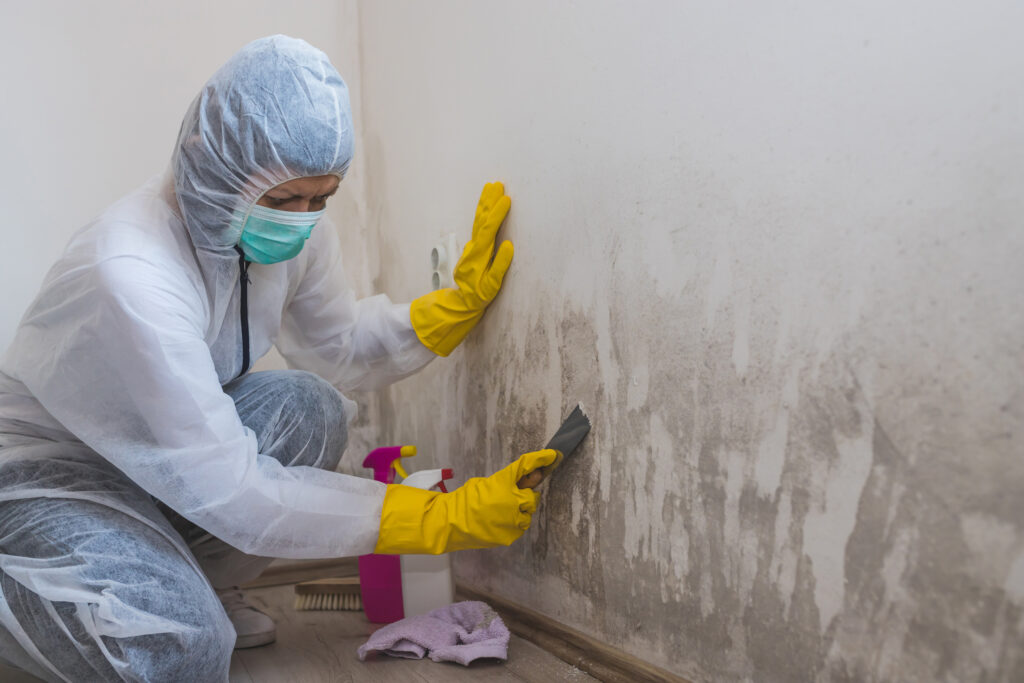
Learn about the role moisture plays in mold growth
It is much more complicated to measure mold than to see if it is appearing in an interior space. Mold is an invisible intruder that grows behind or in the vicinity of your vision. The deceptive behavior imposes an open mind. Firstly, understand the water and moisture problem behind all the growth of molds. Second, learn to handle moisture – find out what moisture comes from in the house as well. It is important for warranty representatives to identify moisture sources and use this location in their product description to locate any mold.
Calculate the extent of the mold contamination
Usually there is no mold growth anywhere in a location so it is necessary to know what contamination is happening. Calculate the extent of the contamination and how the mold will affect your approach to removing the mold. This method is meant for removing mold growth within homes. The NYDOH has created standardized methods that help clean up mold contamination. These guidelines are used by most building professionals and recommend six levels of mold removal.
Six Steps Our Company Takes To Remediate Mold
1) Use of antimicrobials – it is an initial step to rectify the situation. During the last 30 years we have been able to remove the visible mold growth and remove the mold causing mold to grow. Antimicrobials kill existing mold spore if it exists. 2) Source Identification Mold may be found near water sources or near moisture source locations. Among those affected by condensation on bathroom walls there is a basement sink cupboard or window sill.
Remediate mold contamination
Mold remediation often involves removing contaminated areas and protecting the environment from contamination and new growth. Calculation of contamination area will determine if your work surface is at least 30 ft (about the dimensions of the bare drywall). Those levels should follow the guidelines of remediation. 1. Level 1 remedial is used for isolated mold up to 10ft. Level 2 cleanup covers areas up to 10 x 30ft.
Replace Damaged Materials
The last thing you should do is replace the contaminated material. Many homes have to have drywall removed for removing mold from walls or flooring.
Can I remediate mold myself?
Other safe but effective products used for preventing mold are vinegar, tea tree oil, hydrogen peroxide e.g. Use some vinegar in spray bottles. There should never be water. Spray vinegar onto it and leave it at least an hour.
Does mold remediation really work?
Mold remediation companies are certainly good when mold has spread throughout the country. Although most molds aren’t toxic, there are still some which are dangerous. You require a qualified expert to deal with a mold.
What is the best way to remediate mold?
Remove rust from the surface and dry completely. Fix water leakage quickly. Dry everything thoroughly. Some absorbent material may be thrown out in case the material has become moldy.
What is the difference between mold removal and mold remediation?
In order to reduce the risk, treatment involves eliminating contamination. It is an attempt to remove actual mold from surfaces and not to eliminate materials. Sanitation merely treats homes and air. This should only occur when the problem covers more than 10 sq feet and there are no water type molds.
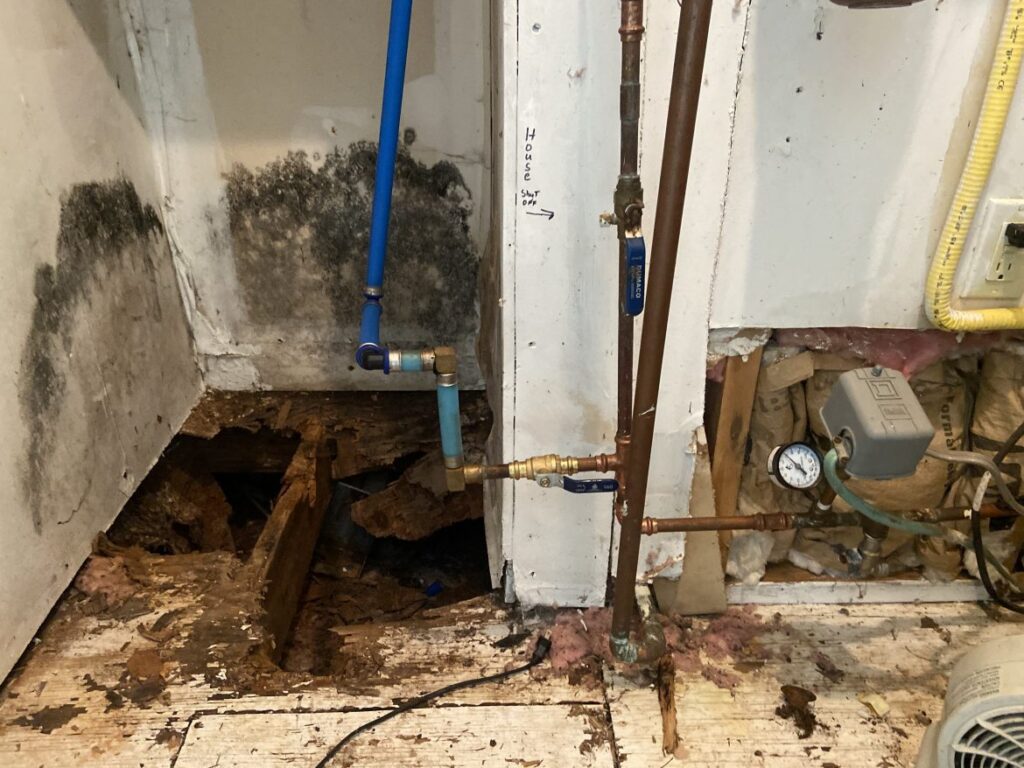
What kills mold permanently?
Bleach kills almost all indoor mold that it encounters including sprayed mold particles that are sanitized and able to resist future mold growth.
Can mold really be remediated?
The remediation is normally considered effective when there remains no mold or smell. Mold that remains in the encapsulated area can grow to a new location and it is therefore important that the mold be removed before paint or whitening.
What is the difference between mold removal and mold remediation process?
Simple answers to this simple question. Mold removal involves removing mold from an interior or exterior surface without removing any other material. Sanitation means treating homes with air.
How do I prepare my house for mold remediation?
How are molds treated? Incorporation in employment. … Document Signature. … Perform or have planned activities for your “Property Owner Obligations” line item of your estimates/invoices. . Removing or storing valuable items. = = = = = = = = = = = = = = = = = = = = = = = = = = = = = = = = = = = = = = = = = = = = = = = = = = = = = = = = = = = = = Keep dogs from entering treatment areas.
What to expect from the mold remediation process?
Can I get the potential for mold removal? Re-installation of water pipes. .. Repositionment of moisture contained in the mold. . Keep airborne sporas in check and avoid any toxicity from the environment. … Cleaning up mold and debris. … Cleansing of moulded material. “…… a… a… a… Spray and clean unmovable structural parts. … Disinfectation of surfaces.
How long should you stay out of the house after mold remediation?
Most times the return home can take place once mold removals have taken place. Mold remediation is recommended and the majority of experts recommend homeowners wait until the cleaning process is completed.
How long does it take to remediate mold?
Mold removal procedures usually take about seven days depending upon the scope and the extent of the issue. It also does not mean you will have an easy recovery within a month. It is just the beginning.
Does all mold need remediation?
The mold can be removed quickly and efficiently if the situation continues. It is harmful to choose the option of not seeking advice from a doctor. In addition there is a risk for mold to resurface after attempting to remove it yourself.
What happens if you don’t remediate mold?
Mold can quickly spread to other locations of the house, cause serious medical issues and cost costly house repair work. When you think that you should buy a house that has a mold problem, you should look into this option. The mold spores are there to stay unless you remove them completely.
What is the protocol for mold remediation?
Fix water leakages quickly. Dry everything. Remove mold from surfaces and clean thoroughly using detergent and water. Absorbent or porous materials, like floor tiles or carpets, are likely a problem.
Can a house full of mold be saved?
Indoor moisture control in indoor air is a necessary tool to prevent mold growth. If mold is growing inside your house you have to remove it to fix the water damage. It is likely that the mold problems will return when you remove the mold and not fix the water problem.
Can you remediate black mold or mold spores yourself?
If you are having black mold grow in your home and cannot handle it alone, it might be worth using bleach and water as your solution. Mix a small dose of bleach in the water and spray it on the moldy area. Alternatively, commercial mold removal services are available.
What are the steps of mold remediation?
Our firm can do the following: Antibiotic applications. It’s a step in corrective measures. … Identification of sources. Mold can occur in areas previously exposed to water or close to moisture sources. . Contenting. … Air filtration. … Cleaning. … replaced.
What does it mean mold remediation?
“Mold remediation” refers to a general term used to describe mold removal of visible mold. This process requires the expertise of experts to determine the extent of this mold problem, remove the mold from its surface and remove the damaged structural materials and determine the source of the problem to not return to life.
How do professionals remove mold?
All contaminating surfaces are vacuumed by HEPA vacuum to trap spores, allowing clean air to escape, unlike conventional vacuum cleaners. Next, an expert will scrub off all stains with a microfiber wipe-off cloth.
Is it expensive to get rid of mold?
Mold can affect your skin and it’s important to get it checked out immediately. The most reliable method is to hire an expert. Mold removal can cost $10 to $25 and your homeowners insurance wont cover this.
How long should you stay out of your house after mold remediation?
In a majority of instances, a homeowner is allowed to go back home once the mold remediation has been completed. Most mold remediation professionals suggest letting the house owner wait one day before completing the removal process for moving back home.
Should I be home during mold remediation?
If it turns out you have mold problems, do you think, is it safe for a mold infestation to occur at our office? The good news is that in some cases there is no need to return home after undergoing mold removal.
How do you mitigate mold?
How do you stop mold from growing? Keep humidity at minimum 5% for the whole day. The dehumidifying system helps to lower your levels. The humidity of homes is measured by the humidity in the air in the home in an online retailer.
